Mindful Movement Practices for Life on the Road
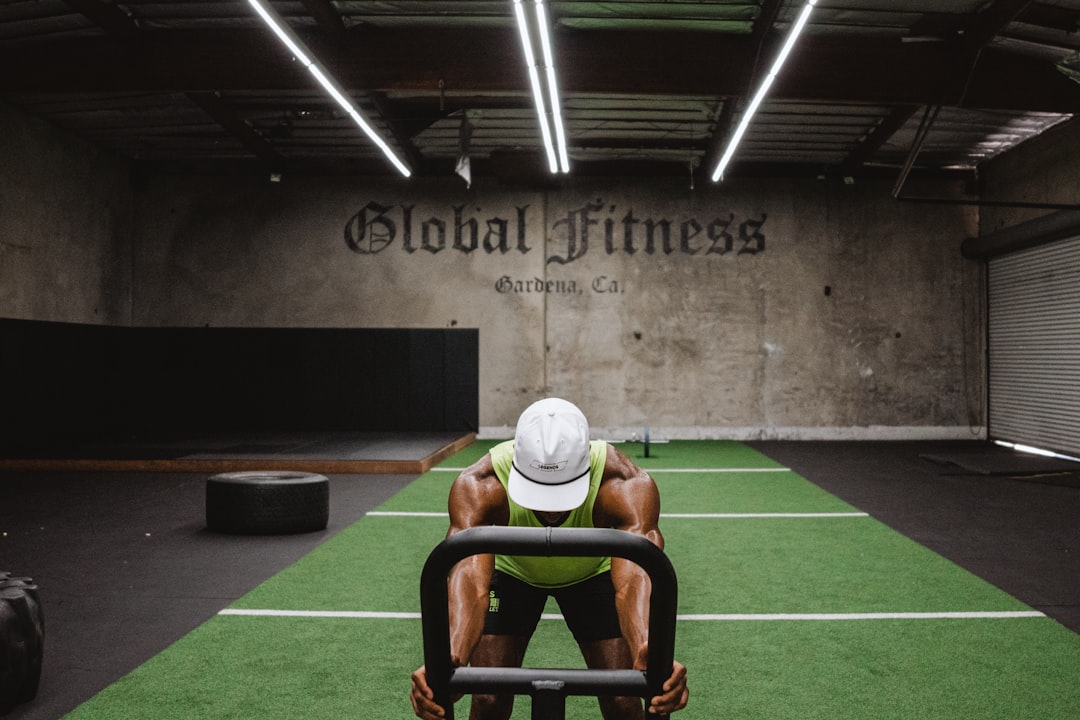
Introduction
Life on the road offers a freedom that many only dream about. The ability to work from a beachfront café, a mountain hostel, or a bustling co‑working space in a foreign city is intoxicating. Yet the same mobility that fuels creativity can also erode the physical habits that keep us healthy, grounded, and resilient. Without a stable home base, the temptation to skip workouts, sit for hours in front of a laptop, and neglect body awareness grows stronger.
Mindful movement practices provide a bridge between the nomadic lifestyle and a sustainable, health‑focused routine. They combine the benefits of physical exercise with the mental clarity that comes from being present in the body. When practiced consistently, these routines protect against stiffness, fatigue, and the mental fog that often accompanies constant travel.
This article explores a range of mindful movement practices that can be performed anywhere—from a cramped hostel room to a sunny rooftop in Bali. It also offers practical tips for building a personal routine, using minimal equipment, and staying motivated while moving from one destination to the next.
Why Movement Matters for Digital Nomads
Physical health
Sitting for long stretches leads to tight hips, weak core muscles, and diminished circulation. In a nomadic setting, the risk of injury rises because you may be hiking unfamiliar trails, carrying heavy backpacks, or adjusting to new time zones. Regular movement keeps joints lubricated, muscles strong, and the nervous system balanced.
Mental clarity
Movement stimulates the release of endorphins, dopamine, and serotonin—neurotransmitters that improve mood, focus, and creativity. When you pair these chemical benefits with mindfulness, you train the brain to stay in the present moment, reducing anxiety about the next flight or deadline.
Community connection
Group classes, outdoor bootcamps, and impromptu yoga sessions become social anchors in a transient lifestyle. Sharing a practice creates instant rapport, turning strangers into supportive teammates.
Core Principles of Mindful Movement
- Presence – Focus attention on the sensations of the body, the breath, and the environment.
- Adaptability – Modify movements to suit space, equipment, and energy levels.
- Simplicity – Choose routines that require minimal props and can be completed in 10‑30 minutes.
- Consistency – Aim for a daily habit rather than an occasional marathon session.
- Integration – Blend movement with other daily activities such as commuting, cooking, or sightseeing.
When these principles guide your practice, the routine becomes a natural extension of the nomadic experience instead of a separate chore.
Simple Practices Anywhere
1. Morning Awakening Flow
Start each day with a gentle sequence that awakens the spine and activates the core. Perform the following in a quiet corner of your accommodation or on a balcony with sunrise light.
- Cat‑Cow (Marjaryasana‑Bitilasana) – Move through five rounds, inhaling to arch the back and exhaling to round it.
- Thread the Needle – From all fours, slide the right arm underneath the left, resting the shoulder on the floor. Hold for three breaths, then switch sides.
- Standing Forward Fold (Uttanasana) – Hang loosely, allowing the head to hang heavy, releasing tension in the neck.
Focus on the breath, feeling the expansion of the ribcage and the gentle stretch in the hamstrings.
2. Desk Stretch Break
Set a timer for every 90 minutes of screen work. Stand, roll the shoulders, and perform a series of micro‑movements:
- Neck circles – Slowly rotate the head clockwise and counter‑clockwise, five times each.
- Wrist flexor stretch – Extend one arm forward, palm up, and gently pull the fingers back with the opposite hand. Hold for ten seconds, then switch.
- Seated spinal twist – Sit tall, place the right hand on the left knee, and twist gently, looking over the left shoulder. Hold for three breaths, then repeat on the other side.
These brief pauses reset posture and prevent the build‑up of tension that leads to headaches and shoulder pain.
3. Evening Grounding Routine
Before bed, transition from the day’s stimulation to a calm state with a short grounding practice.
- Legs up the wall (Viparita Karani) – Lie on your back, scoot your hips close to a wall, and extend the legs upward. Stay for five breaths, feeling blood flow back toward the heart.
- Box breathing – Inhale for four counts, hold for four, exhale for four, hold again for four. Repeat three cycles.
The combination of gentle inversion and controlled breathing signals the nervous system that it is safe to relax, improving sleep quality.
Stretching Routines for Small Spaces
When you travel, floor space is often limited. These stretches require only a mat or a towel and can be performed in a corner of a hostel room or a shared living area.
Hip Opener Series
- Butterfly stretch – Sit with the soles of the feet together, let the knees fall outward. Gently press the elbows into the thighs for an extra stretch. Hold for 30 seconds.
- Figure‑four stretch – Lie on your back, cross the right ankle over the left knee, and pull the left thigh toward the chest. Switch sides after 30 seconds.
Upper Body Release
- Thread the Needle – As described in the morning flow, this also works well on a mat after a day of typing.
- Chest opener – Stand tall, interlace fingers behind the back, and lift the arms slightly while drawing the shoulder blades together. Hold for 20 seconds.
Full‑Body Flow
Combine the following in a smooth, continuous sequence:
- Cat‑Cow (5 rounds)
- Downward‑Facing Dog (hold 5 breaths)
- Low Lunge (right foot forward, left knee down, arms overhead) – 5 breaths
- Switch legs, repeat.
The flow mobilizes the spine, hips, and shoulders, preparing the body for any activity that follows.
Bodyweight Workouts for the Road
You don’t need a gym to maintain strength. Bodyweight exercises can be adapted to any environment and still provide a solid stimulus for muscle growth and endurance.
Core Circuit
Perform each move for 30 seconds, rest 15 seconds, then repeat the circuit three times.
- Plank – Keep the body in a straight line, engage the core.
- Side plank (right) – Stack feet, lift hips, hold.
- Side plank (left) – Mirror the right side.
- Dead bug – Lie on your back, extend opposite arm and leg, then switch.
Focus on breathing through the nose, maintaining tension in the abdomen throughout each movement.
Lower Body Blast
- Squat pulses – Lower into a squat, pulse up and down for 45 seconds.
- Reverse lunge with knee lift – Step back, lower, then lift the back knee toward the chest. Alternate legs for 45 seconds.
- Glute bridge – Lie on your back, feet flat, lift hips, squeeze glutes at the top. Hold for three seconds, lower slowly.
These exercises target the major muscle groups used for walking, climbing, and carrying gear, reducing the risk of fatigue during travel adventures.
Upper Body Strength
If a pull‑up bar is unavailable, use a sturdy door frame, a tree branch, or a portable resistance band.
- Push‑ups – Standard, knees down, or elevated on a chair to vary intensity.
- Doorframe rows – Grip the side of a door frame, lean back, and pull your chest toward the frame.
- Band pull‑apart – Hold a resistance band with both hands, pull apart horizontally, focusing on the shoulder blades.
Aim for three sets of 10‑12 repetitions, adjusting difficulty by changing hand placement or band tension.
Yoga Flows for Small‑Space Living
Yoga is inherently adaptable, making it ideal for nomadic life. Below is a short flow that can be practiced in a 6‑foot by 6‑foot area, requiring only a mat.
Sunrise Flow (15 minutes)
- Child’s Pose (Balasana) – Rest for five breaths, feeling the weight of the world melt away.
- Sun Salutation A (Surya Namaskar A) – Perform three rounds, moving slowly, synchronizing breath with movement.
- Warrior II (Virabhadrasana II) – Step the right foot forward, left foot back, arms extended. Hold for five breaths, then switch sides.
- Triangle Pose (Trikonasana) – From Warrior II, straighten the front leg, hinge at the hip, reach the right hand toward the right foot, left arm up. Hold for five breaths.
- Seated Forward Fold (Paschimottanasana) – Sit, extend legs, fold forward, allowing the spine to lengthen. Hold for ten breaths.
Finish with Savasana for two minutes, focusing on the breath and the sensations that arise after the practice.
The flow builds strength, flexibility, and mindfulness, while the limited space forces you to stay present and intentional with each pose.
Mindful Walking and Exploration
Walking is the most natural form of movement and can become a moving meditation when approached mindfully.
Setting Intent
Before stepping outside, pause for three deep breaths. Set a simple intention such as “I will notice the texture of the ground beneath my feet” or “I will listen to the sounds of the city without judgment.”
Walking Technique
- Foot placement – Land gently on the heel, roll through the foot, and push off with the toes.
- Breath sync – Inhale for three steps, exhale for three steps, adjusting the count to match your pace.
- Sensory awareness – Notice the temperature of the air, the scent of food stalls, the vibration of distant traffic.
Even a 15‑minute mindful walk can reset your nervous system, improve circulation, and inspire creative ideas for your next project.
Exploration as Exercise
When you arrive in a new city, replace a traditional sightseeing tour with a “movement tour.”
- Climb a hill to view the skyline, using the ascent as a cardio session.
- Take a ferry and walk the deck instead of sitting, feeling the sway of the water.
- Explore a market on foot, weaving between stalls, engaging core muscles to navigate tight aisles.
By integrating movement into exploration, you keep the body active while enriching the travel experience.
Breathing and Meditation Integration
Mindful movement is amplified when paired with conscious breathing and brief meditation.
Breath Awareness Exercise
Sit cross‑legged or on a chair with a straight spine. Close the eyes and place one hand on the belly, the other on the chest. Inhale through the nose for a count of four, feeling the belly rise. Exhale for a count of six, feeling the belly fall. Continue for two minutes, noticing any tension that releases with each exhale.
Box Breathing for Stress Relief
- Inhale for four counts.
- Hold for four counts.
- Exhale for four counts.
- Hold again for four counts.
Repeat five cycles, preferably after a workout or before a meeting, to calm the mind and enhance focus.
Mini Meditation Post‑Movement
After any movement session, sit quietly for three minutes. Observe the sensations that remain in the muscles, the rhythm of the breath, and any thoughts that arise. Let them pass without attachment. This short meditation consolidates the benefits of the physical practice and reinforces mental resilience.
Creating a Personal Routine
Assess Your Environment
- Space – Identify the largest clear area you have access to (e.g., a yoga mat on the floor, a balcony railing for pull‑ups).
- Time – Look at your daily schedule and locate natural gaps (morning, lunch break, evening).
- Equipment – List what you have: resistance bands, a foldable yoga mat, a jump rope, a travel‑size foam roller.
Design a Flexible Schedule
Instead of rigid blocks, use “movement windows.” For example:
- Morning window (15 minutes) – Sunrise flow or stretching.
- Midday window (10 minutes) – Desk break stretches or a quick bodyweight circuit.
- Evening window (20 minutes) – Yoga, mindfulness walk, or core circuit.
If a day’s itinerary changes, shift the windows rather than skipping the practice entirely.
Set Micro‑Goals
Focus on achievable targets such as “perform a 5‑minute plank each day” or “walk 5,000 steps while exploring the city.” Micro‑goals build momentum and provide measurable progress without overwhelming you.
Track Progress Lightly
Use a simple notebook, a phone note, or a habit‑tracking app. Record the type of practice, duration, and a brief note on how you felt. Reviewing this log weekly highlights patterns, celebrates consistency, and reveals areas needing adjustment.
Tools and Tech for the Road
While the philosophy of mindful movement emphasizes simplicity, a few tools can enhance consistency.
- Portable yoga mat – Lightweight, folds into a small bag.
- Resistance bands – Multiple tension levels, perfect for strength work.
- Jump rope – Excellent cardio, requires only a small space.
- Timer or interval app – Sets work/rest periods for circuits without looking at a watch.
- Meditation app – Provides guided breathwork and short meditations for beginners.
When selecting gear, prioritize durability, compactness, and multi‑functionality.
Community and Accountability
Travel can be isolating, but the digital nomad community often gathers around shared health interests.
- Co‑working spaces – Many host weekly yoga or stretch sessions.
- Local meet‑ups – Use platforms like Meetup or Facebook groups to find fitness‑oriented gatherings.
- Online challenge groups – Join a 30‑day mobility challenge, share daily check‑ins, and receive encouragement.
Accountability partners can be a fellow traveler you met on a hostel couch or a friend back home who follows your routine via video call. Regular check‑ins reinforce habit formation and add a social dimension to the practice.
Overcoming Common Challenges
Limited Space
- Solution – Choose exercises that require only a mat and your body weight. Utilize vertical space (doorframe rows, wall sits).
Unpredictable Schedule
- Solution – Keep a “movement toolbox” of 5‑minute micro‑sessions that can be slotted in anywhere, even in a hotel lobby while waiting for luggage.
Fatigue from Travel
- Solution – Prioritize restorative practices (gentle yoga, breathing, stretching) on days when you feel exhausted. Movement, even light, can actually boost energy levels.
Lack of Motivation
- Solution – Set a clear intention linked to a personal value (e.g., “I move so I can explore new places with ease”). Visual reminders, such as a sticky note on the laptop, keep the purpose front and center.
Cultural Sensitivity
- Solution – Research local customs regarding public exercise. In some cultures, modest attire or specific times for outdoor activity may be expected. Adjust your routine accordingly to respect the environment.
Staying Motivated on the Road
- Celebrate small wins – Completing a week of daily stretches deserves acknowledgment. Treat yourself to a local smoothie or a new travel journal.
- Document the journey – Take photos of your practice spots (a sunrise beach, a rooftop terrace). Creating a visual diary reinforces the habit and provides inspiration for future trips.
- Link movement to travel goals – Notice how regular mobility makes hikes easier, city walks longer, and cultural immersion deeper. The tangible benefits reinforce the habit loop.
Conclusion
Mindful movement is not a luxury reserved for those with a permanent home base. It is a practical, adaptable toolkit that supports the physical, mental, and social dimensions of a nomadic lifestyle. By embracing presence, simplicity, and consistency, digital nomads can transform everyday spaces into studios, sidewalks into meditation corridors, and brief pauses into powerful rejuvenation moments.
Integrating these practices into your daily rhythm ensures that the freedom of the road is accompanied by a resilient, vibrant body and a calm, focused mind. Whether you are perched on a balcony in Lisbon, sleeping in a capsule hotel in Tokyo, or riding a train across South America, the same mindful movement principles apply. Adopt them, adjust them, and let them become the silent companion that steadies you on every new horizon.
Random Posts
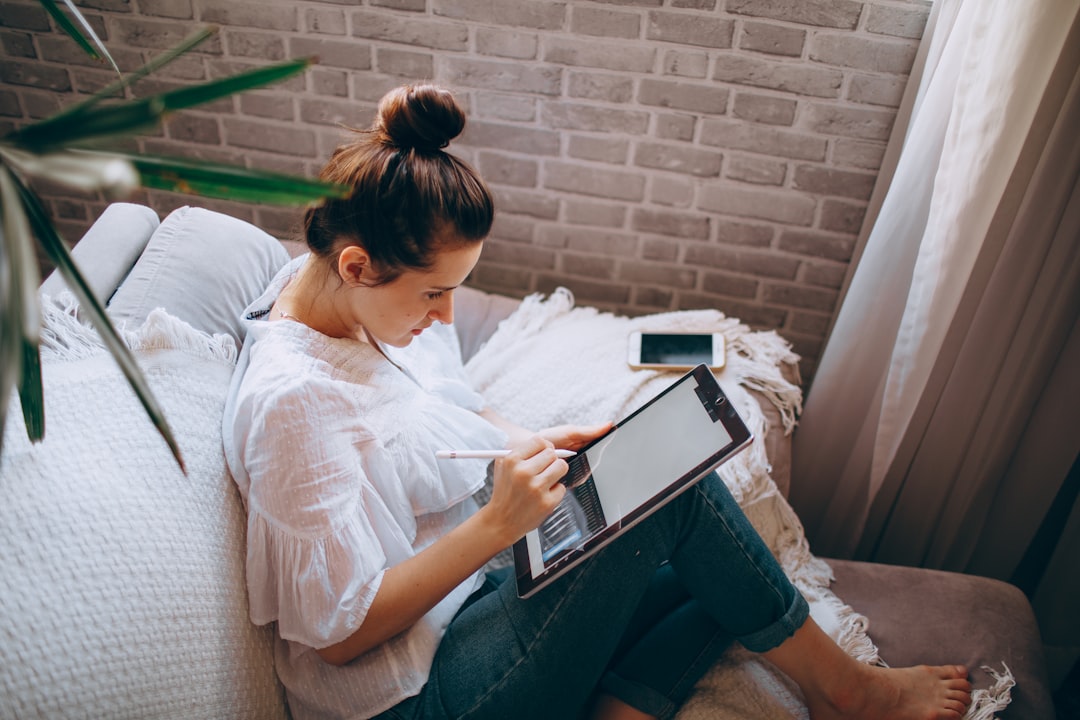
Top Regional Hotspots for Remote Workers in Africa
Discover Africa’s top remote work havens, from Marrakech’s lively souks to Nairobi’s tech hubs, each evaluated on fast internet, coworking spaces, affordable living, easy visas, safety and vibrant community vibes.
1 month ago
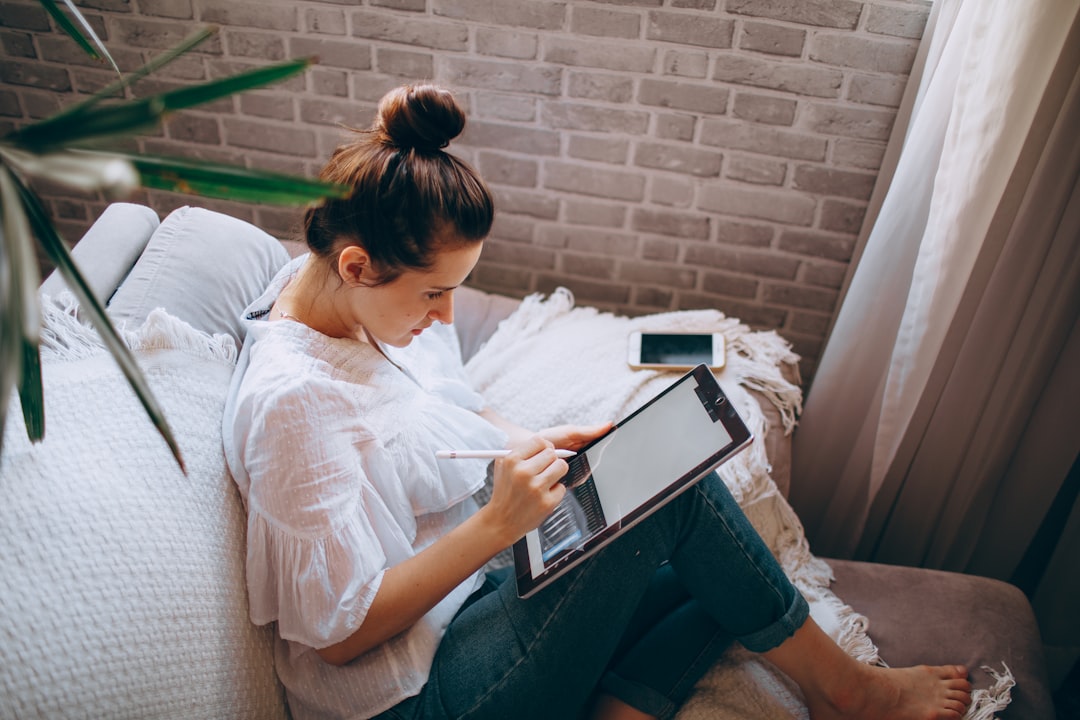
Top Digital Nomad Hotspots and Visa Guide
Discover the world’s top digital nomad hotspots and the visas that let you stay longer. Get quick insights on cost of living, internet quality, entry permits and tax basics for remote work.
3 weeks ago
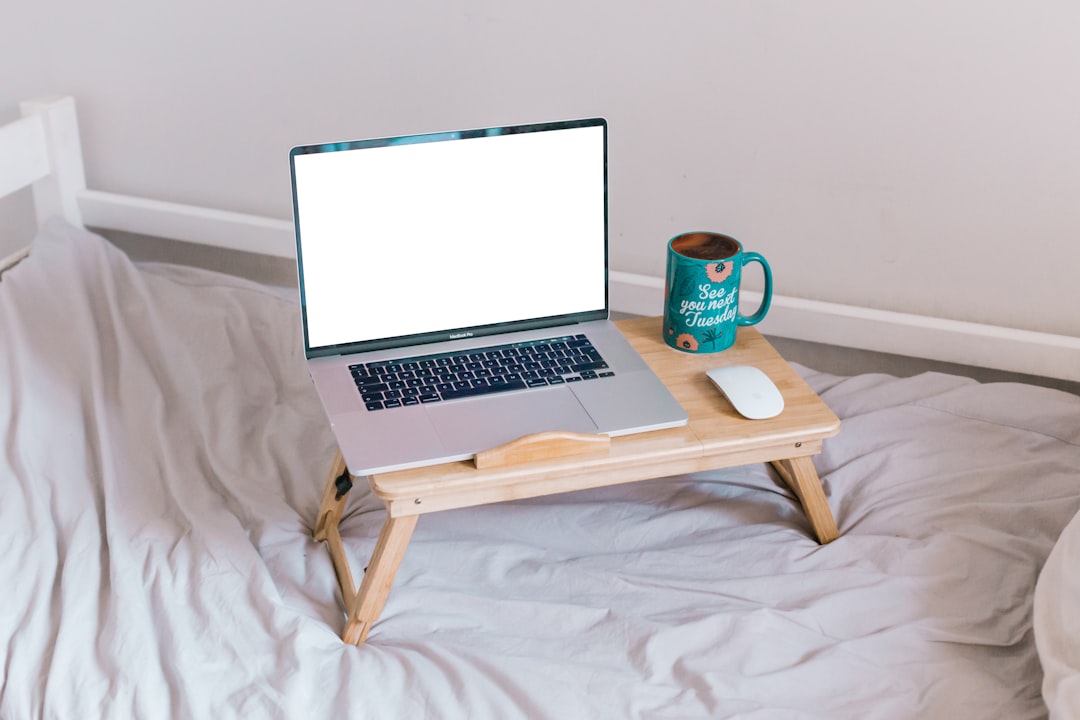
Wander Free with These Nomad Destinations and Smart Devices
Discover the perfect blend of wanderlust and work by exploring top digital-nomad hotspots and the smart gadgets that turn any beach, mountain lodge, or café into a seamless office.
2 weeks ago
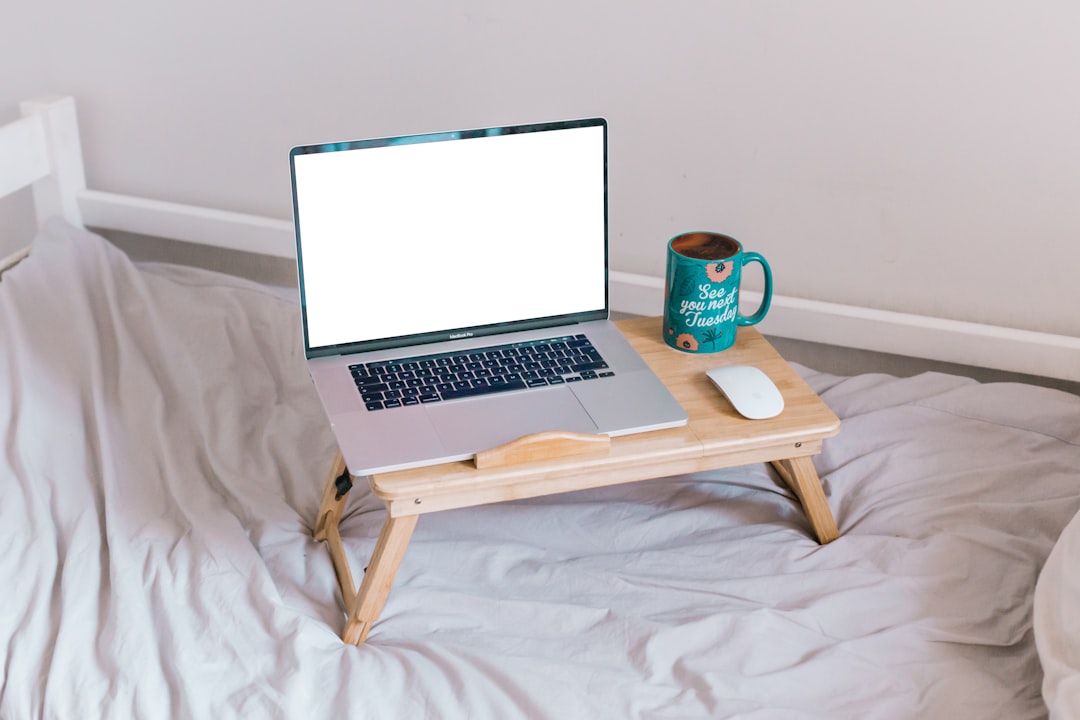
Explore Latin America’s Best Digital Nomad Cities
Discover Latin America’s top digital nomad cities, where fast internet, affordable living, vibrant culture and thriving coworking scenes combine to boost productivity and adventure for freelancers, founders and remote teams.
2 months ago
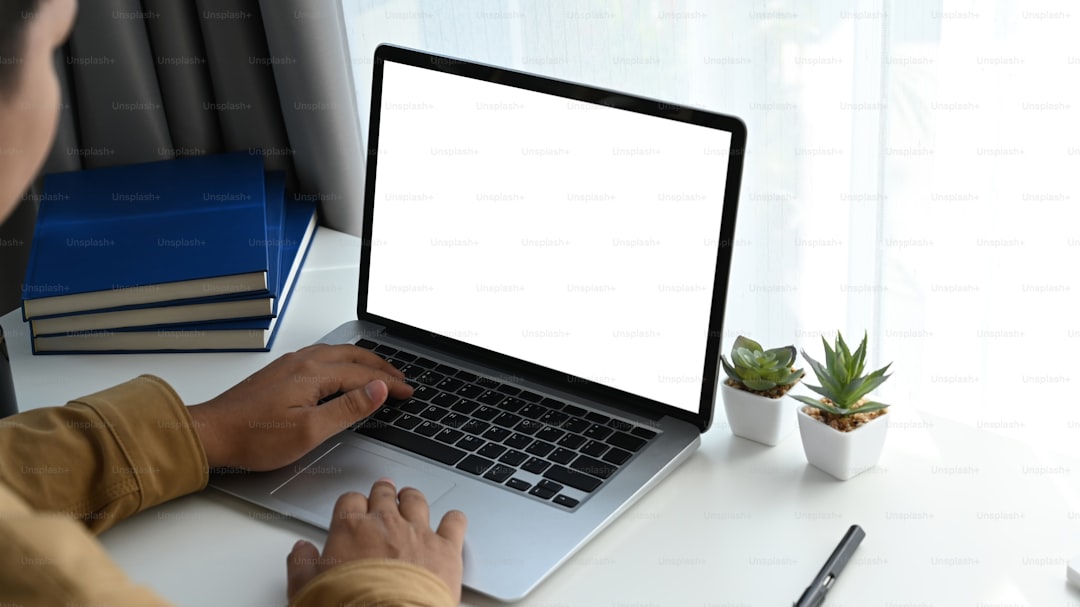
Finding the Perfect Café for Remote Work and Boosted Productivity
Discover how to turn a café into your ideal remote-work hub, learn to scout, test, and settle into spots with reliable WiFi, comfy seating, and just the right buzz to spark creativity and keep productivity high.
1 month ago
Latest Posts

Essential Software Every Remote Professional Should Use
Master remote work with essential tools: instant messaging like Slack, high definition video calls such as Zoom, and asynchronous voice apps. Streamline communication, stay connected and boost productivity.
1 day ago

Mastering Remote Work Productivity for Digital Nomads and Freelancers
Learn proven habits, tools, and tactics that help digital nomads and freelancers stay focused, deliver quality work, and maintain a sustainable lifestyle while traveling the world.
1 day ago

Tech‑Friendly European Towns Perfect for Remote Living
Discover Europe’s best small towns where fast internet, affordable living and vibrant tech communities let you work remotely while soaking up historic charm, lakeside views or mountain air.
1 day ago